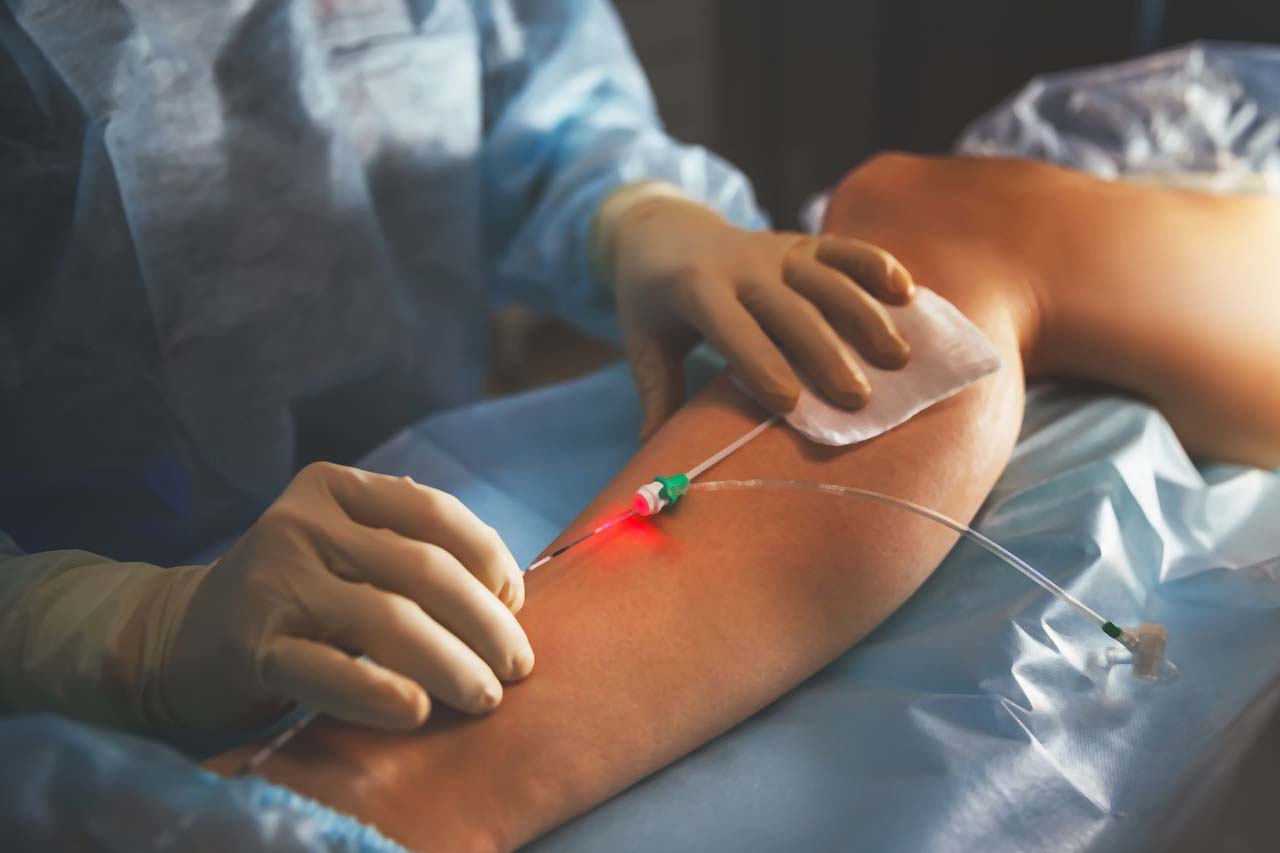

High tibial osteotomy is a powerful technique to treat symptomatic varus deformity of the knee and is successful when properly indicated and performed. Indications include varus deformity with medial compartment osteoarthritis, cartilage or meniscus pathology. Several techniques exist to correct symptomatic varus malalignment along with concomitant procedures to restore cartilage or meniscus injuries. Evidence supporting high tibial osteotomy for symptomatic medial compartment pathology exists, which provides a durable solution for joint preservation.
The knee is a complex joint able to withstand mechanical stress during weight bearing and range of motion. The biomechanical function of the joint is reliant on the alignment of the lower extremity. Alterations in the alignment of the limb result in abnormal transmission of forces across intra- and extra-articular structures, predisposing to various joint pathologies.1,2 Intra-articular pathology, like cartilage or meniscal injury, can be magnified in the setting of limb malalignment as a result of abnormal loading and increased contact pressures. Luckily, surgical procedures have been developed to address lower limb malalignment in an effort to mitigate the associated detrimental effects. In general, medial compartment overload caused by varus malalignment can be corrected with osteotomies of the proximal tibia, including medial opening wedge (MOW) and lateral closing wedge (LCW) procedures. Valgus malalignment is typically addressed with osteotomies of the distal femur and is beyond the scope of this discussion. These alignment-correcting osteotomies are performed in patients with medial compartment pain and symptoms and are commonly performed in conjunction with articular cartilage or meniscal procedures; however, they can be performed in isolation for management of symptomatic unicompartmental osteoarthritis in the setting of lower extremity deformity. This review will outline the indications, planning, execution, and outcomes of high tibial osteotomy (HTO) for symptomatic medial compartment orthrosis with varus deformity.

